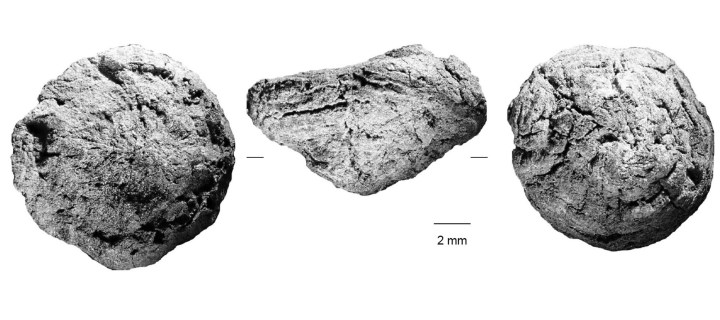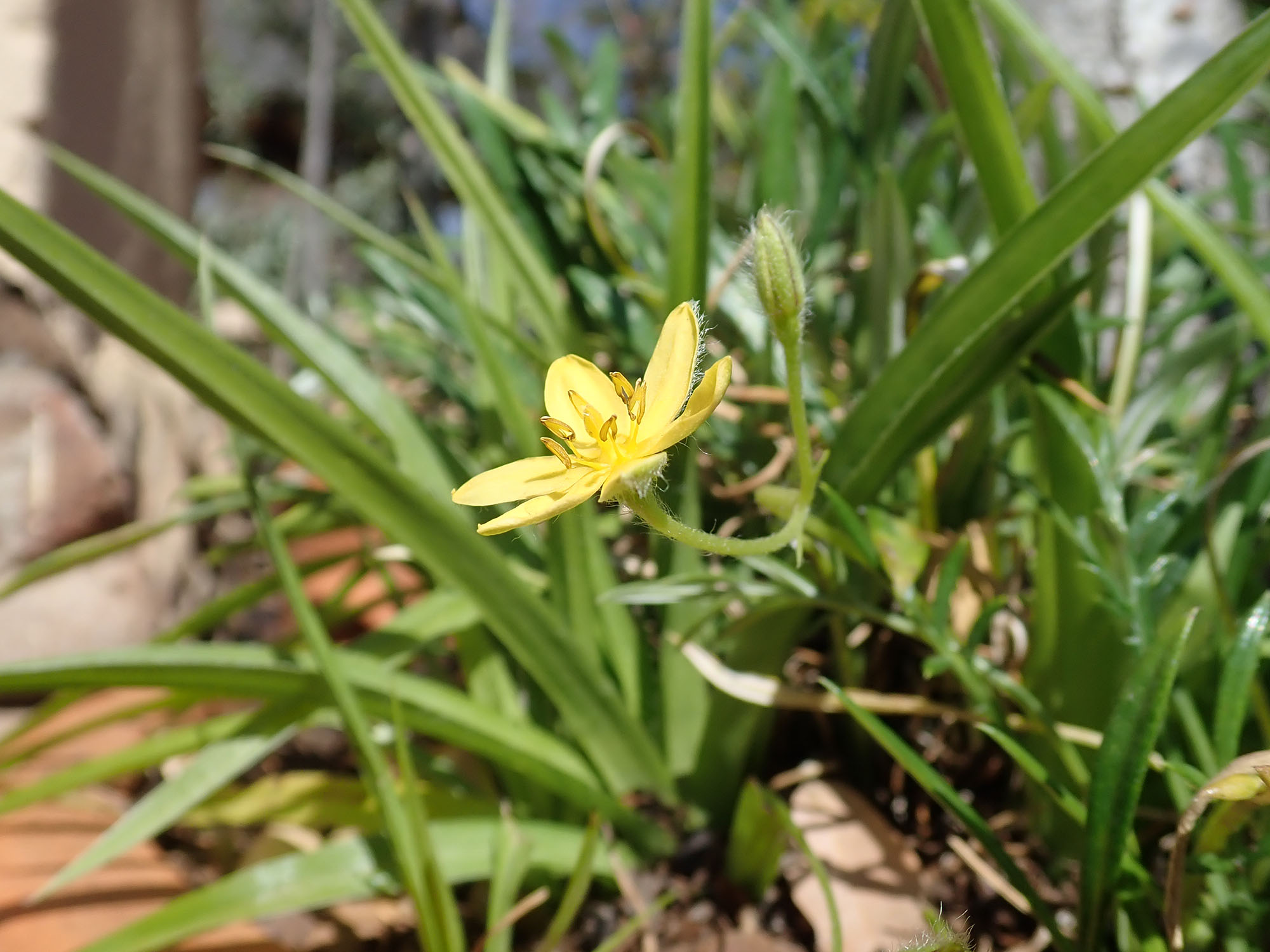FOOD CHAIN
Sorry Banting fans, but your ancestors did eat carbs

The charred remains of starchy plants excavated in the Border Cave high in the Lebombo Mountains in South Africa provide the earliest direct evidence of the collecting and cooking of carbohydrate-rich foods by humans.
At least 170,000 years ago, humans not only consumed cooked meat, but they supplemented their diet with staple carbohydrates. The leftovers of such ancient feasts have been found by a team led by Professor Lyn Wadley, from the Evolutionary Studies Institute at the University of the Witwatersrand. The team recently published their findings in the peer-review journal Science.
During an excavation, Wadley and Dr Christine Sievers, also from Wits, identified 55 small, charred remains as rhizomes. Wadley explained that rhizomes are “a root-like underground part of a plant that gets shoots from the side. Ginger is a good example”.

A panorama of the Border Cave in South Africa in the Lebombo Mountains. (Photo: Ashley Kruger)
“The Hypoxis angustifolia rhizome (which was found) is like a small sweet potato in appearance, but it has whitish flesh. It is more palatable than the bitter, orange flesh of rhizomes from the better known medicinal Hypoxis species, which is incorrectly called the African Potato.” The remains found are mostly like the same species with its pretty yellow flowers, which still grows in KwaZulu-Natal today.
Wadley added that these small plants are nutritious and carbohydrate-rich with an energy value of approximately 500 kilojoules per 100g. While they are edible raw, the rhizomes are fibrous and have high fracture toughness until they are cooked. The rhizomes are rich in starch and would have been an ideal staple plant food.

Commonly known as the Yellow Star flower (Hypoxis angustifolia) this plant still grows in Kwazulu-Natal. It’s underground stem and roots were cooked and eaten by people a 170,000 years ago. (Photo: Lyn Wadley / Wits)
“Cooking the fibre-rich rhizomes would have made them much easier to peel, digest, make them softer and enhanced glucose availability so that more of them could be consumed, and the nutritional benefits would be greater,” said Wadley.
The hunter-gatherer societies of the past would have roasted them on top of the coals, or in warm ashes. It was in these ancient ashes that they were found 170,000 years later. Although the Border Cave has been excavated for decades, little attention has been given to botanical remains.

Excavations by experts of the University of the Witswatersrand in the Border Cave in the Lebombo Mountains. (Photo: Lucinda Backwell)
According to the study: “Only humans could have transported whole rhizomes from the field to the cave. The Border Cave specimens were preserved because they were charred and presumably because they were lost while roasting in the ashes, from which they were recovered archaeologically.”
Wadley said the dating “was done on enamel from animal teeth in the same layers as the rhizomes”.
“The technique involves examining the amount of radiation absorbed by the teeth after they were buried. This is then compared to a known scale of radiation through time. This is the earliest known date anywhere in the world for the cooking of underground plants. It is important because it means that people were able to digest the food more effectively than eating it raw. These plants are fairly fibrous, so cooking breaks down the fibre and releases starches.
“The improved diet would have enabled society to raise healthy children and look after old people and these were presumably the people for whom the rhizomes were brought back to the cave. If no sharing was intended, the food could have been eaten where it was collected,” she added.
The environment would have been similar to today. “We know that because of our vegetation study and because of the animal remains that were found in the cave. All are modern ones that would have been hunted in the area, such as zebra, eland and hartebeest, for example. They were hunter-gatherers and they lived by hunting, snaring animals and collecting wild fruits, seeds and underground roots and bulbs.”
What does this all mean?
The discovery also implies the use of wooden digging sticks to extract the rhizomes from the ground. One of these tools was found at the Border Cave and is directly dated at circa 40,000 years ago.
To cook and share food is important in a wider context, according to Wadley. “Once one starts to pull apart the actions involved in cooking the food at a home base, there are a number of important things that pop up. Planning is the first. The collector will need a digging implement and a carrying facility in order to return rhizomes to the home base.
“In order to cook the rhizomes, wood must be collected and there may be some woods that are better suited to the task than others. From a cognition point of view, the process involves delayed gratification, an attribute that is associated with brains like our own. When sharing is involved, as seems to be the case here, then there are also community social values that we can identify with today. Strictly speaking, language might not be necessary, but it was almost certainly developed at that date,” said Wadley. DM




















 Become an Insider
Become an Insider